Clear All
MULTIMETER
Sale!25%
SCIENCE LAB EQUIPMENT WORKING MODEL / SCIENCE EXHIBITION WORKING MODEL
Original price was: ₹750.00.₹563.00Current price is: ₹563.00.
5 in stock
Description
Additional information
Reviews (0)
Q & A
MULTIMETER
Introducing multimeters in school education in India can be a valuable way to teach students about electrical measurements and circuits. However, it’s important to ensure that the use of multimeters is appropriate for the age group and that safety precautions are followed. Here’s how you can incorporate multimeters into school education:
**Introduction to Multimeters:**
1. **Purpose and Functionality:** Start by explaining what a multimeter is and its purpose in electrical measurements. Emphasize that it is a versatile tool used to measure various electrical quantities such as voltage, current, and resistance.
2. **Components:** Introduce the main components of a multimeter, including the display screen, selection dial, probes, and input jacks.
3. **Measurement Ranges:** Explain the different measurement ranges available on a multimeter and when to use each range depending on the expected value of the quantity being measured.
**Basic Measurements:**
1. **Voltage Measurement:** Demonstrate how to use the multimeter to measure voltage across a battery or other electrical components. Show students how to select the appropriate voltage range on the dial and how to connect the probes to the circuit.
2. **Current Measurement:** Teach students how to measure current flowing through a circuit using the multimeter’s current measurement function. Emphasize the importance of breaking the circuit and connecting the multimeter in series to measure current.
3. **Resistance Measurement:** Show students how to measure the resistance of resistors or other components using the multimeter’s resistance measurement function. Explain how to select the appropriate range on the dial and how to connect the probes to the component.
**Safety Precautions:**
1. **Safety Procedures:** Emphasize the importance of safety when using multimeters, including avoiding contact with live circuits, wearing appropriate personal protective equipment, and using insulated probes.
2. **Supervision:** Ensure that students are supervised by a teacher or instructor when using multimeters, especially when working with electrical circuits.
3. **Risk Assessment:** Conduct a risk assessment before using multimeters in practical exercises and ensure that appropriate safety measures are in place to mitigate potential hazards.
**Hands-on Exercises:**
1. **Circuit Testing:** Provide students with simple circuits to test using multimeters, such as series and parallel circuits with resistors and batteries. Have students measure voltage, current, and resistance at different points in the circuit.
2. **Troubleshooting:** Encourage students to use multimeters to troubleshoot faulty circuits and identify problems such as open circuits, short circuits, or incorrect component values.
3. **Data Analysis:** Have students record their measurement data and analyze the results to draw conclusions about the behavior of electrical circuits.
Incorporating multimeters into school education in India can enhance students’ understanding of electrical concepts and provide valuable practical skills for future endeavors in science and technology. However, it’s essential to prioritize safety and proper supervision to ensure a safe learning environment.
A multimeter is a versatile electronic device used to measure various electrical quantities in circuits. It combines several measurement functions into one portable instrument, allowing users to perform multiple tests with ease. Common measurements performed with a multimeter include voltage, current, resistance, and continuity. Multimeters are essential tools for technicians, electricians, hobbyists, and anyone working with electrical systems. They come in different types, such as analog and digital, and offer a range of features to suit different applications and user preferences.
| Weight | 0.5 kg |
|---|---|
| Dimensions | 25 × 25 × 5 cm |
You must be logged in to post a review.
Q & A
Ask a question
There are no questions yet
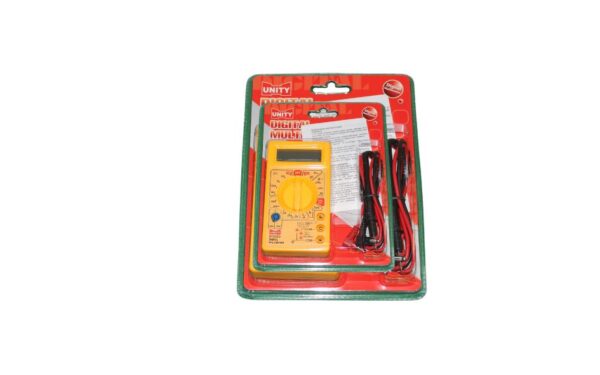
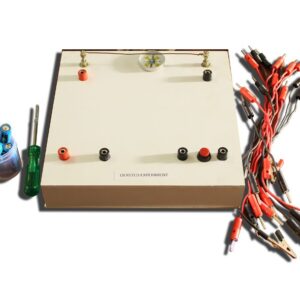
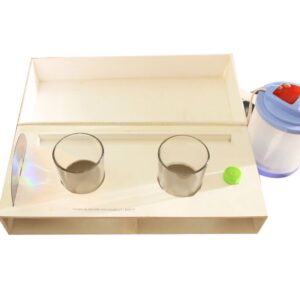
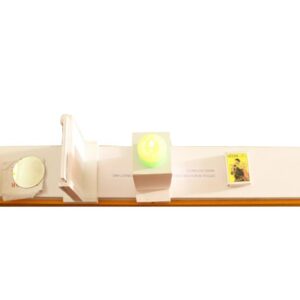
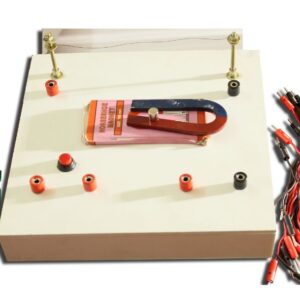
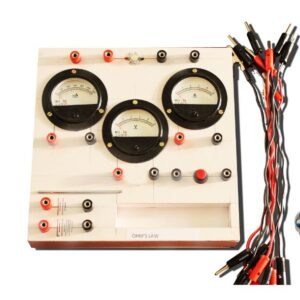
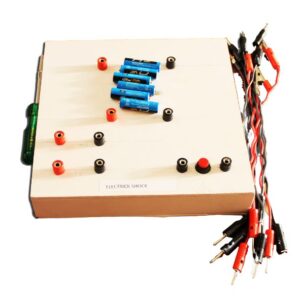
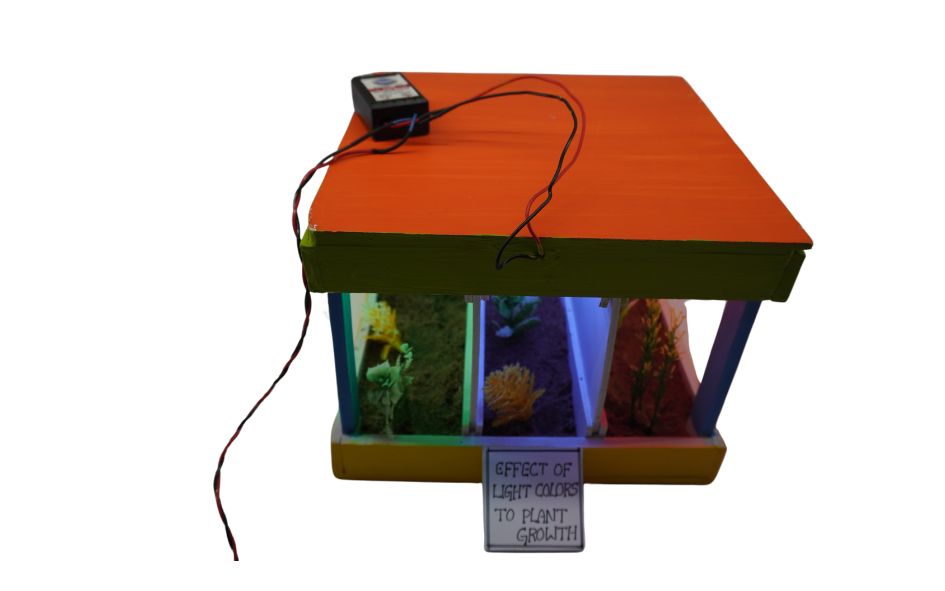
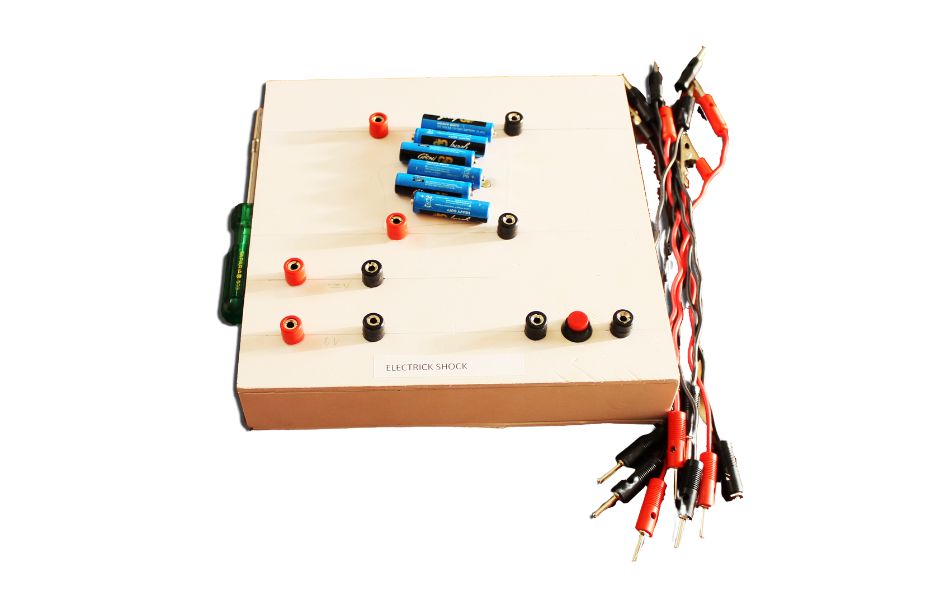
Reviews
There are no reviews yet